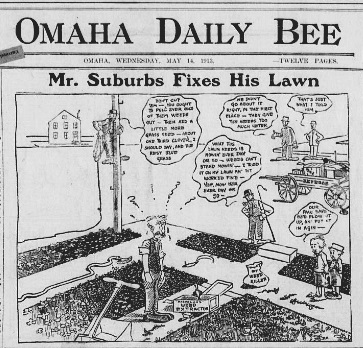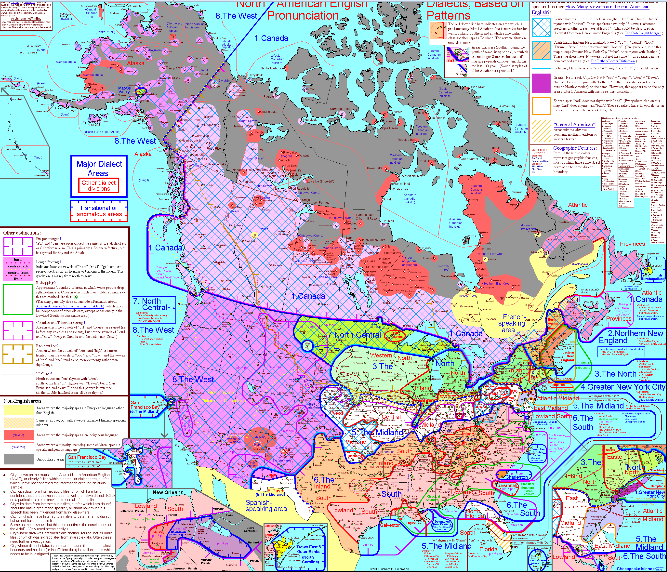Blog


100 Years Ago Today in Newspapers
Spring is in the air, as it was 100 years ago today. On May 14, 1913 the Omaha Daily Bee, the front page sported a comic depicting the eternal struggle of suburban life – fighting weeds in an effort to achieve the perfect lawn.
(Omaha daily bee., May 14, 1913, Weekly Market Review Edition, Image 1 Omaha daily bee. (Omaha [Neb.]) 187?-1922)
You can view the digitized paper featuring “Mr. Suburbs” at the Chronicling America website, along with digitized papers ranging from 1836 – 1922.
To learn more about using newspapers to climb your family tree grab a copy of my book How to Find Your Family History in Newspapers.

Tech Tool for Discovering What Your Speech Reveals About Your Heritage
How you speak can reveal much about your heritage.
If you’ve ever lived in or visited the U.S. or Canada, you already know we don’t all speak English the same way. But did you know that we actually speak eight different major dialects in North America?
The website North American English Dialects has put those dialects on the map. In fact, it even traces their origins and spread: 2 dialects from the west and 6 from the east, reflecting the way the English language originally spread across the continent.
Creator Rick Aschmann notes how we say our “r’s”, the 19 vowel sounds we use, and all those other great tiny variations that go into our Southern drawl or “broad-A” Boston-speak. Aschmann is just doing this project for fun, but he takes his map pretty seriously. He even asks anyone with a “native accent” to upload a sound file of themselves speaking.
 It’s fun to look at this map and think about how our American or Canadian buy pain medication uk ancestors may have pronounced things differently than we do (or the same, depending on how far we’ve wandered). If your families have migrated within the past 50 to 100 years, click on some of the sound samples from your old stomping grounds and see if you catch some familiar cadences or phrases.
It’s fun to look at this map and think about how our American or Canadian buy pain medication uk ancestors may have pronounced things differently than we do (or the same, depending on how far we’ve wandered). If your families have migrated within the past 50 to 100 years, click on some of the sound samples from your old stomping grounds and see if you catch some familiar cadences or phrases.
A Huffington Post writer says he could look at this map for hours and not get bored, and I agree! It’s complicated–there are lots of color codes and lines and such–but our speech is complicated, too. Some cities or small regions need their own enlarged maps to show neighborhood-level differences.
You can learn more about how our speech reveals our heritage and family history by listening to my interview with Dr. Robert Leonard Ph.D., Forensic Linguist in Genealogy Gems Podcast Episode 89. Dr. Leonard has been featured on the TV series Forensic Files and has a fascinating personal history as well.
Family History and DNA: Spencer Wells at SCGS
A couple of months ago, I blogged the cool news that the Southern California Genealogical Society will be sponsoring a one-day genetic genealogy conference on Thursday, June 6, 2013 in conjunction with its annual Jamboree.
In the following video interview, a news reporter chats with Spencer Wells, one of the keynote speakers for “Family History and DNA: Genetic Genealogy in 2013.” They talk about how the National Geographic Society’s Genographic Project uses DNA to place us on a worldwide family tree. Spencer even helps the reporter take his own DNA cheek scraping on live TV.
Whether you’d love a teaser for the upcoming genetic genealogy conference or you’re just interested in DNA, check out this video:




